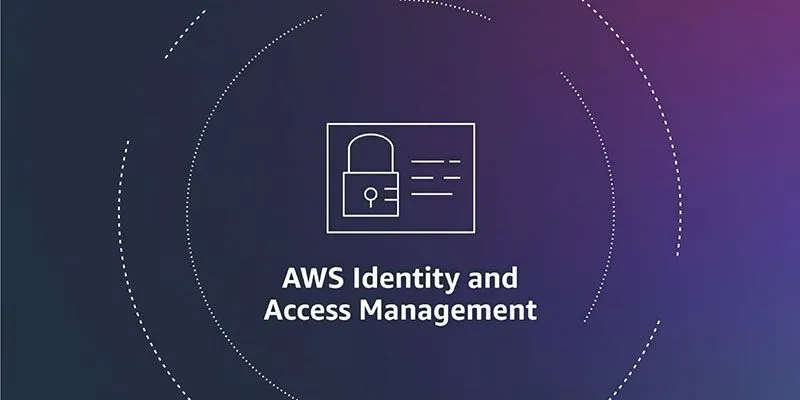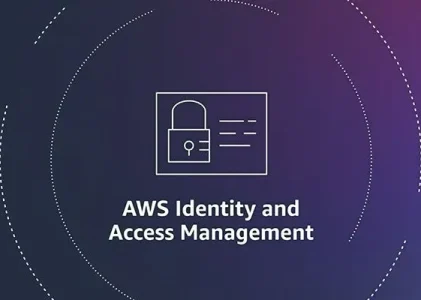Amazon Web Services (AWS) offers a numerous of cloud services that allows businesses to build, deploys, and manage applications efficiently. However, with great power comes the responsibility of ensuring robust security and control over these services. This is where Amazon Web Services Identity and Access Management comes into play. IAM is a crucial component of AWS’s security infrastructure, enabling administrators to manage access to AWS resources securely. This blog explore to provide a comprehensive overview of AWS IAM, its features, and best practices for its implementation. Unlock your AWS potential! Embark on a AWS journey with our AWS Classes in Chennai. Join now for hands-on learning and expert guidance at FITA Academy.
AWS Identity and Access Management (IAM)
Identity and Access Management is a webservice that allows you to securely regulate access to AWS services and resources for your users. IAM allows you to create and manage AWS users and groups, as well as use permissions to grant and deny them access to AWS resources. IAM is critical for applying the principle of least privilege, which make sure that users only have the permissions they require to do their duties.
Key Features of AWS IAM
User Management
- IAM allows you to create individual users within your AWS account. Each user can have unique security credentials and permissions.
- Ideal for giving distinct identities to employees, applications, or services that need access to AWS resources.
Groups
- Users can be organized into groups, allowing you to manage permissions collectively rather than individually.
- Useful for assigning common permissions to a set of users, such as all developers or all administrators.
Roles
- IAM roles are designed for delegating access without sharing credentials. A role can be assumed by trusted entities, including AWS services.
- Ideal for granting temporary access to AWS resources or allowing EC2 instances to access AWS services.
Policies
- Policies are JSON documents that define permissions. They can be attached to groups, users, or roles to specifices what actions are allowed or denied.
- Customizing access control based on specific needs, such as read-only access to S3 buckets or full access to DynamoDB tables.
Multi-Factor Authentication (MFA)
- MFA adds an extra layer of protection by requiring a second form of authentication, such as a code from a mobile app.
- Enhancing security for sensitive accounts, particularly those with administrative privileges.
Learn all the AWS techniques and become an AWS developer. Enroll in our AWS Online Course.
Best Practices for Implementing AWS IAM
Principle of Least Privilege
- Explanation: Grant users the minimum permissions they need to perform their tasks. Regularly review and adjust permissions as roles change.
- Implementation: Use IAM policies to define granular access controls and avoid assigning broad permissions.
Enable Multi-Factor Authentication (MFA)
- Explanation: Adding MFA significantly reduces the risk of compromised accounts by requiring an additional verification step.
- Implementation: Enforce MFA for all users, especially those with administrative access.
Use IAM Roles for Applications and Services
- Explanation: Rather than embedding access keys in applications, use IAM roles to grant necessary permissions securely.
- Implementation: Attach IAM roles to AWS services like EC2 instances or Lambda functions to manage permissions without exposing credentials.
Regularly Rotate Security Credentials
- Explanation: Regular rotation of access keys and passwords minimizes the risk of long-term exposure in case of a security breach.
- Implementation: Use IAM to rotate credentials periodically and enforce strong password policies.
Monitor and Audit IAM Activity
- Explanation: Keeping track of IAM activity helps in detecting unauthorized access and ensuring compliance with security policies.
- Implementation: Enable AWS CloudTrail to log all IAM activities and regularly review the logs for suspicious actions.
Identity and Access Management (IAM) is an useful tool for securing your AWS environment. By understanding its key features and implementing best practices, you can make sure that access to your AWS resources is tightly controlled and monitored. Whether you’re managing user access, defining roles and policies, or enforcing security measures like MFA, IAM provides the security and flexibility needed to protect your cloud infrastructure. As AWS continues to evolve, staying informed about IAM updates and best practices will help you maintain a web robust security posture in the cloud. Explore top-notch Best Software Training Institute in Chennai. Unlock coding excellence with expert guidance and hands-on learning experiences.
Read more: AWS Interview Questions and Answers
Comments
0 comments

